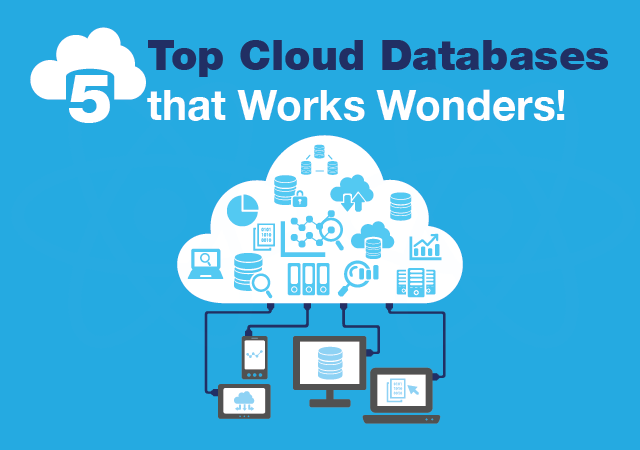Cloud Database Services

Amazon Relational Database Service (RDS)
Our database consultants are fully competent to help our clients in migrating and maintaining their databases in the cloud – AWS RDS.
Amazon Relational Database Service (RDS) is a managed SQL database service provided by Amazon Web Services (AWS). Amazon RDS supports an array of database engines to store and organize data and helps with database management tasks, such as migration, backup, recovery and patching. It provides cost efficient and resizable capacity while automating time-consuming administration tasks such as hardware provisioning, database setup, patching and backups. It frees you to focus on your applications so you can give them the fast performance, high availability, security and compatibility they need.
Operating System level
We will ensure that your Operating System is properly configured to best serve Database Server needs.
Amazon RDS is available on several database instance types – optimized for memory, performance or I/O – and provides you with six familiar database engines to choose from, including Amazon Aurora, PostgreSQL, MySQL, MariaDB, Oracle Database, and SQL Server. AWS Database Migration Service allows migrating or replicating your existing databases to Amazon RDS.
The following benefits of RDS:
- Highly Scalable
- Available and durable
- Fast
- Secure
- Easy to administer
- Inexpensive
Amazon Web Services (AWS)
Amazon Web Services (AWS) is a comprehensive, evolving cloud computing platform provided by Amazon. It provides a mix of infrastructure as a service (IaaS), platform as a service (PaaS) and packaged software as a service (SaaS) offerings.
Azure SQL Database

Our database consultants are fully competent to help our clients in migrating and maintaining their databases in the cloud – Azure SQL Database.
Azure SQL Database is a cloud version of SQL Server database and shares a common code base with the latest stable version of SQL Server. Most of the standard SQL language, query processing, database management features are identical in SQL Server and Azure SQL Database.
Azure SQL Database is a fully managed relational database with built-in intelligence supporting self-driving features such as performance tuning and threat alerts. Microsoft performs all the patching and updating of the code base, and manages the underlying infrastructure for you, so you can save time and resources. With high SQL Server compatibility, you can also migrate your databases to SQL Database managed instance without changing your apps.
Microsoft Azure provides three cloud models:
- Infrastructure as a service (IaaS) – Virtual Machines
- Platform as a service (PaaS) – Application Code and Data (Azure SQL Database resides here)
- Software as a service (SaaS) – Service consumed by End Users (delivered via a Cloud Service)
Azure SQL Database Billing and Licensing Basics:
Currently, SQL Database is sold as a service and is available with several deployment options and in several service tiers with different prices for resources, all of which are billed hourly at a fixed rate based on the service tier and compute size you choose.
